- Software-defined networking (SDN) technology is a novel approach to cloud computing that facilitates network management and enables programmatically efficient network configuration
in order
SDN is meant to address the fact that the static architecture of traditional networks is decentralized and complex while current networks require more flexibility and easy troubleshooting. SDN suggests to centralize network intelligence in one network component by disassociating the forwarding process of network packets (Data Plane) from the routing process (Control plane). - Software-Defined Networking (SDN) is an emerging architecture that is dynamic, manageable, cost-effective, and adaptable, making it ideal for the high-bandwidth, dynamic nature of today’s applications. This architecture decouples the network control and forwarding functions enabling the network control to become directly programmable and the underlying infrastructure to be abstracted for applications and network services. The OpenFlow® protocol is a foundational element for building SDN solutions.
- SDN allows network administrators to manage network services through abstraction of lower level functionality.
https://en.wikipedia.org/wiki/Software-defined_networking
https://www.opennetworking.org/sdn-definition/
underlying systems that forward traffic to the selected destination (the data plane).
End User Innovation
With Open Source Operating System Software control over the development and deployment of OS,
in the hands of the users.
If you need a new extension to Apache/BIND/MySQL/etc. then you can have
someone
What if you could do the same thing for all the features in your:
Switches
Routers
Load Balancers
Firewalls
Software Defined Networking Allows you to do just that
Separates control and data plane:
The open interface between the control and data plane (
Network control and management features in software
Layer 2
Network Virtualisation
Data Center
Multi Tennant
FlowVisor
Each customer not only gets their own ‘network’ they can control it with their own controller.
Layer 3
RouteFlow
What if you
Being able to add new features without waiting for vendor support
RPKI
Layer 4
Load Balancers need to take into account not only complex information about network latency,
congestion and performance, but also the load on each of the servers
Layer 4+ - Firewalls
What if we could somehow virtualize them and deploy them only where
https://ecs.victoria.ac.nz/foswiki/pub/Events/SDNWorkshop/VUW_SDNTutorial_with_logos.pdf
- Resource Public Key Infrastructure (RPKI), also known as Resource Certification, is a specialized public key infrastructure (PKI) framework designed to secure the Internet's routing infrastructure.
- A virtualized evolved packet core (
vEPC vEPC
https://www.nec.com/en/global/solutions/tcs/vepc/index.html
- In contrast with PEN, software-defined networking offers improved programmability and flexibility to network administration and control as opposed to simple policy enforcement.
For a network system, two fundamental elements are critical: Network OS and Packet Forwarding (hardware & firmware)
In SDN,
Applications such as BGP, OSPF and what you haves can thus
Telecom Service providers seem to prefer a similar yet distinct instrument of virtualization, “NFV (Network Function Virtualization)” and for good reasons. The goal for NFV is to reduce CAPEX while making network functions flexible and scalable without having to relinquish entire control plane at end devices. Think of such solutions as a mix of SDN and traditional networking concept.
The Good
Academic and technology researchers are now less depended on hardware to conduct their technological experiments rather they could focus on their ingenuity without the impositions of hardware-based systems.
Third, it brings the ease of network virtualization and service provisioning at fingertips without having to discontent by impositions of proprietary network systems.
https://www.linkedin.com/pulse/20140925233657-2665170-sdn-the-good-bad-and-the-ugly/
control plane:
logic that controls forwarding behaviour
data plane:
forward traffic according to control plane
routing protocol functions that computes plane
taking a packet on an input port and forwarding it to an output port is data plane function
why to seperate ?
independent evolution
high level controlling
data centers:VM
routing: more control over decision logic
enterprise networks:SDN
research:
Networking Devices Planes of Operation
management plane
control plane
data plane
Introduction to SDN (Software-defined Networking)
open
programmable
SDN model vs Operating system model
SDN model
network applications
network operating system(
forwarding device
centralized NOS, SDN controller
Network applications
Application Interfaces:
JAVA API
northbound (RESTCONF): restful interface
SDN Controller/controller plane:
topology service
inventory service
statistics service
host tracking service
southbound interface:
openflow
OVSDB: management protocol
NETCONF
SNMP
forwarding devices, openflow
East/West Protocol
traditional network devices(
one physical system,data plane,control
traditional network devices(
traditional network devices are proprietary large boxes
no direct access to data plane
what is available in the control plane already? what features do device include? CLI available, network operator's point of view
options are limited new
each network device( network work load
SDN:
a logical centralized controller with global entire
OpenDaylight with a clear focus It was designed existing
Automated Service Delivery: Providing on-demand services that may be controlled by the end user or the service provider.
Cloud and NFV: Agile service delivery on cloud infrastructure in either the enterprise or service provider environment. The underlay will frequently be OpenStack, and services may be implemented
Network Resources Optimization (NRO): Dynamically optimizing the network based on load and state. This is the most common carrier use case as it optimizes the network using the near-real-time state of traffic, topology and equipment. NRO uses a variety of southbound protocols (for example, NETCONF, BGP-LS or OpenFlow
Visibility and Control: Centralized administration of the network and/or multiple controllers. This is sometimes used
- ODL delivers the benefits of SDN and NFV
to OpenDaylight
- Open Source Mano is an ETSI-hosted initiative to develop an Open Source NFV Management and Orchestration (MANO) software stack aligned with ETSI NFV.
https://www.etsi.org/technologies-clusters/technologies/nfv/open-source-mano
Open Source MANO is an ETSI-hosted project to develop an Open Source NFV Management and Orchestration (MANO) software stack aligned with ETSI NFV.
https://osm.etsi.org/
- Open Platform for NFV (OPNFV) facilitates the development and evolution of NFV components across various open source ecosystems. Through system level integration, deployment and testing, OPNFV creates a reference NFV platform to
accelerate
https://wiki.opnfv.org/
- ONOS is the only SDN
controller
https://onosproject.org/
- CORD (Central Office Re-architected as a Datacenter) combines NFV, SDN, and the elasticity of commodity clouds to bring data center economics and cloud
agility
https://opencord.org/
- OPEN VIRTUAL NETWORK (OVN)
Open Virtual Network (OVN) is an Open
https://access.redhat.com/documentation/en-us/red_hat_openstack_platform/13/html/networking_with_open_virtual_network/open_virtual_network_ovn
- Open
vSwitch It is designed NetFlow sFlow it is designed VMware vNetwork vswitch
https://www.openvswitch.org
- Open
vSwitch
If you plan to configure Open
http://docs.openvswitch.org/en/latest/howto/ssl/
- How to Use the VTEP Emulator
This document explains how to use
http://docs.openvswitch.org/en/latest/howto/vtep/
Open
Security-Enhanced Linux (SELinux) is a Linux kernel security module that limits “the malicious things” that certain processes, including OVS, can do to the system in case they get compromised. In our case SELinux
http://docs.openvswitch.org/en/latest/howto/selinux/
- TOSCA (Topology and Orchestration Specification for Cloud Applications)
First, TOSCA is a specification that aims to standardize how we describe software applications and everything that
This means that TOSCA provides a way to describe not only an application,
There are two basic building blocks in TOSCA: nodes and relationships.
A node can be an infrastructure component, like a subnet, a network, a server (it can even represent a cluster of servers), or it can be a software component, like a service or a runtime environment.
For example, a “compute” node, which represents a resource with a CPU.These types can be used they are called
Cloudify’s DSLis based is written
https://cloudify.co/2015/07/21/what-is-TOSCA-cloud-application-orchestration-tutorial-cloudify.html
https://www.sdxcentral.com/networking/sdn/definitions/what-is-overlay-networking/
The NWDAFis responsible for providing subscribe is notified
https://www.mpirical.com/glossary/nwdaf-network-data-analytics-function
The NWDAF may serve use cases belonging to one or several domains, e.g. QoS, traffic steering, dimensioning, security.
Use case descriptions should include the following aspects:
1. General characteristics (domain: performance, QoS, resilience, security; time scale).
2. Nature of input data (e.g. logs, KPI, events).
3. Types of NF consuming the NWDAF output data, how datais conveyed
4. Output data.
5.Possible examples
6. Benefits, e.g. revenue, resource saving,QoE
https://mollydpowellusblog.wordpress.com
There are two basic building blocks in TOSCA: nodes and relationships.
A node can be an infrastructure component, like a subnet, a network, a server (it can even represent a cluster of servers), or it can be a software component, like a service or a runtime environment.
For example, a “compute” node, which represents a resource with a CPU.
Cloudify’s DSL
https://cloudify.co/2015/07/21/what-is-TOSCA-cloud-application-orchestration-tutorial-cloudify.html
- Overlay networking (aka SDN overlay) is a method of using software to create layers of network abstraction that can
be used to
https://www.sdxcentral.com/networking/sdn/definitions/what-is-overlay-networking/
- NWDAF - Network Data Analytics Function
The NWDAF
https://www.mpirical.com/glossary/nwdaf-network-data-analytics-function
- Automating the 5G Core using Machine Learning and Data Analytics
The NWDAF may serve use cases belonging to one or several domains, e.g. QoS, traffic steering, dimensioning, security.
Use case descriptions should include the following aspects:
1. General characteristics (domain: performance, QoS, resilience, security; time scale).
2. Nature of input data (e.g. logs, KPI, events).
3. Types of NF consuming the NWDAF output data, how data
4. Output data.
5.
6. Benefits, e.g. revenue, resource saving,
https://mollydpowellusblog.
DCUS17 :
OpenStack Reference Architecture For 1000 Nodes
Exploring container security: Isolation at different layers of theKubernetes
Virtualized Network Functions are tied
Red Hat SDN partner Neutron was highlighted is fully integrated VxLAN as well as utilizes
Lefrere
OVN can be used OpenFlow was created employ
OVN can also be used vSwitch
OpenStack Reference Architecture For 1000 Nodes
Exploring container security: Isolation at different layers of the
- SDN and NFV integrated OpenStack Cloud -
Birds
With NFV and SDN in place, Network Functions are virtualzied network traffic is managed
https://www.openstack.org/videos/summits/sydney-2017/sdn-and-nfv-integrated-openstack-cloud-birds-eye-view-on-security
- Best practices for NFV deployment success
What does this "magical" really "
Lowers costs: reduces CapEx to eliminate wasteful over-provisioning and reduces OpEx
Increases flexibility: management automation and reusable infrastructure
Empowers innovation
Easy to scale
Faster time-to-market
https://www.redhat.com/en/blog/best-practices-nfv-deployment-success
- Chapter 1. Open Virtual Network (OVN)
Open Virtual Network (OVN) is an Open vSwitch platform to programmatically connect
https://access.redhat.com/documentation/en-us/red_hat_openstack_platform/13/html/networking_with_open_virtual_network/open_virtual_network_ovn
- What Is Open Virtual Network (OVN)? How It Works
The objective VMware
OVN and Network Control
OVN’s main goal is to provide Layers 2 and 3 networking, which distinguishes it from general-purpose, software-defined networking (SDN) protocols and controllers.
OVN and OpenFlow
OVN and OpenStack Integration
https://www.sdxcentral.com/networking/virtualization/definitions/what-is-open-virtual-network-ovn-how-it-works/
- Open
vSwitch
This architecture example augments Open vSwitch
https://docs.openstack.org/ocata/networking-guide/deploy-ovs-selfservice.html


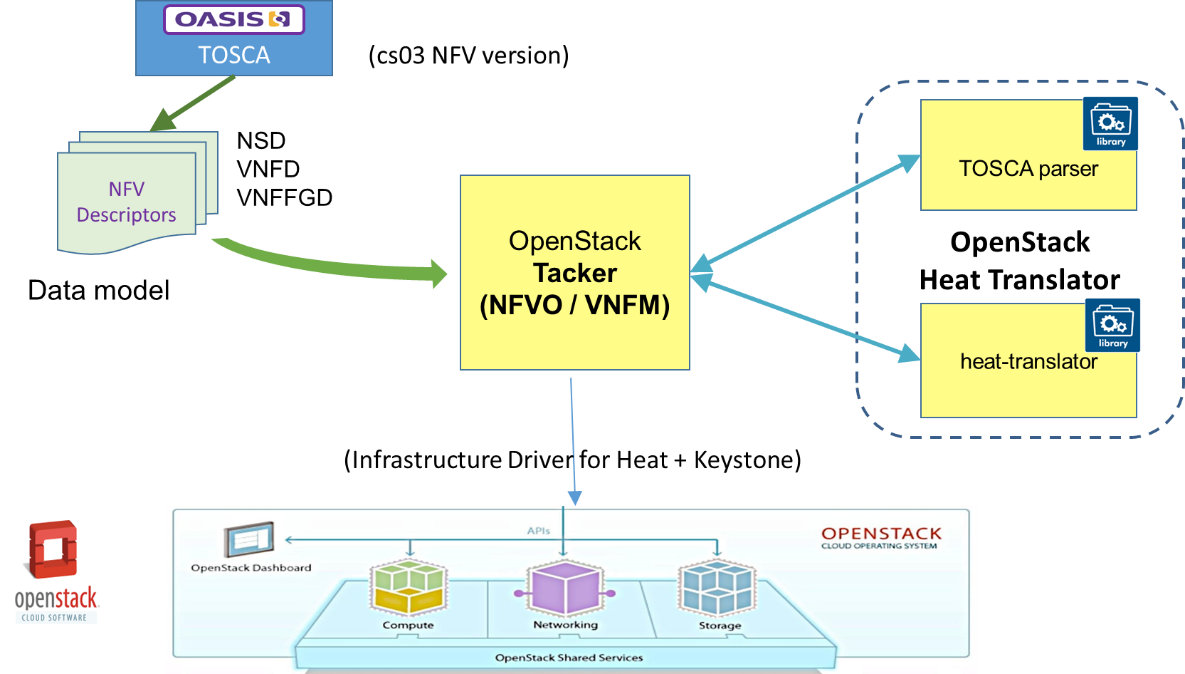



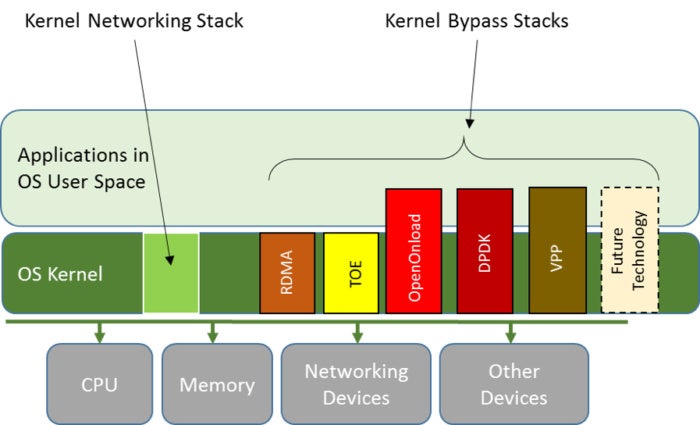
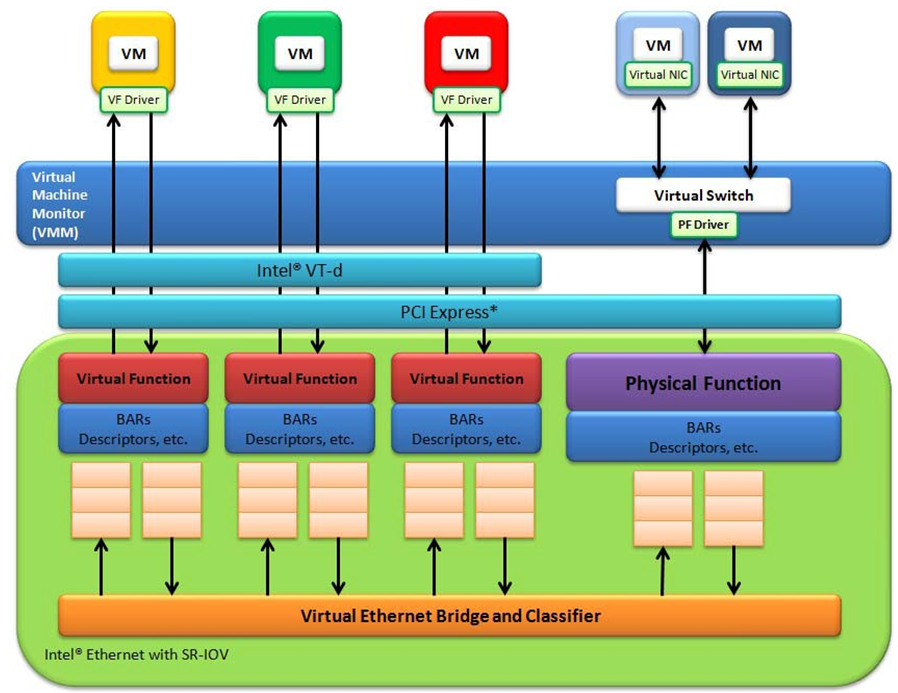
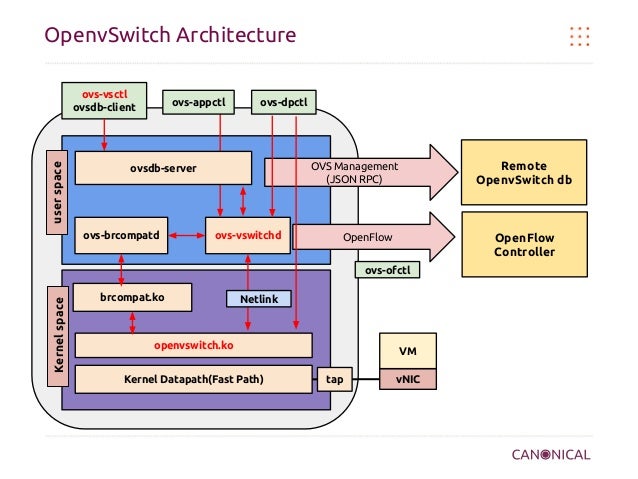


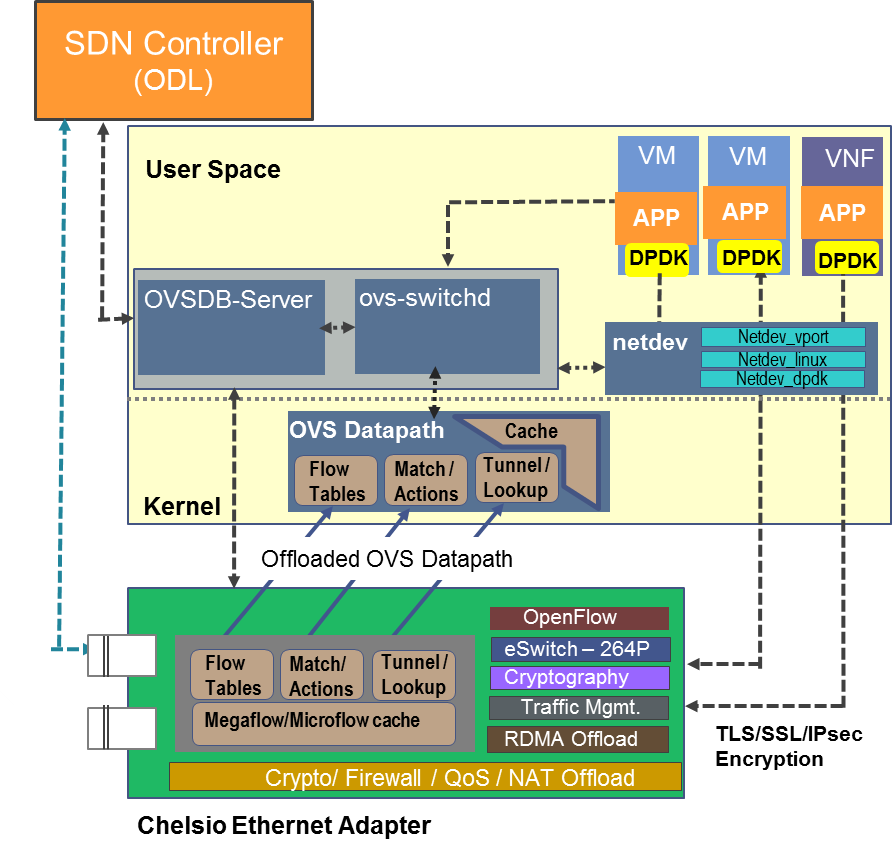
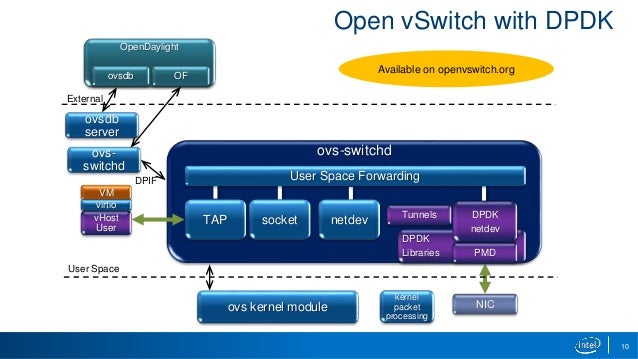

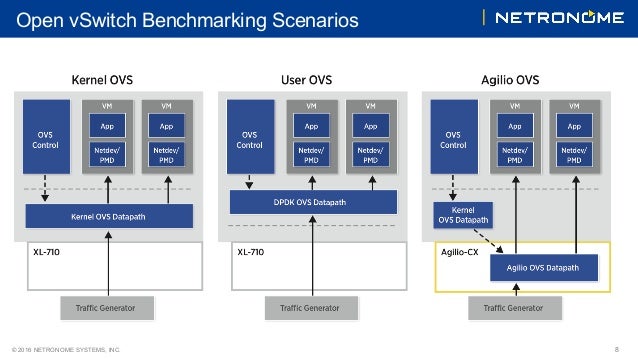





.jpg)
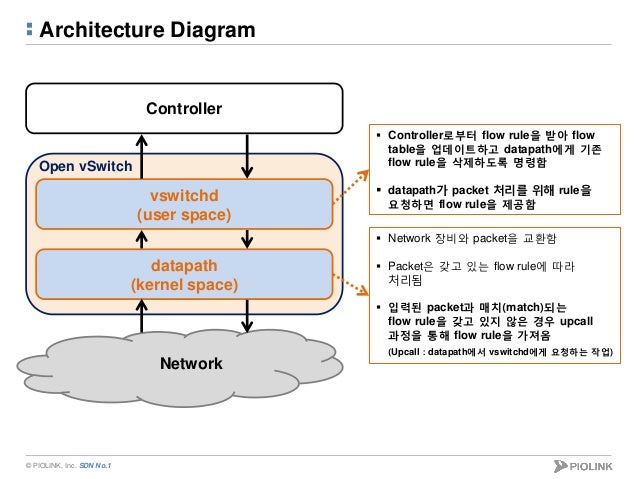
+Software+OpenFlow+switch+Documentation+and+code.jpg)


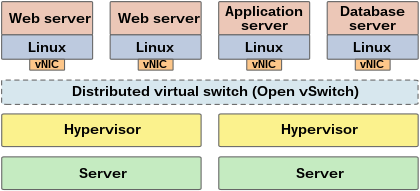

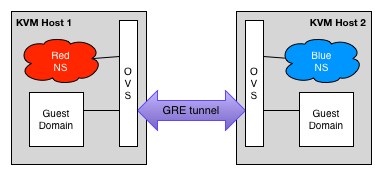
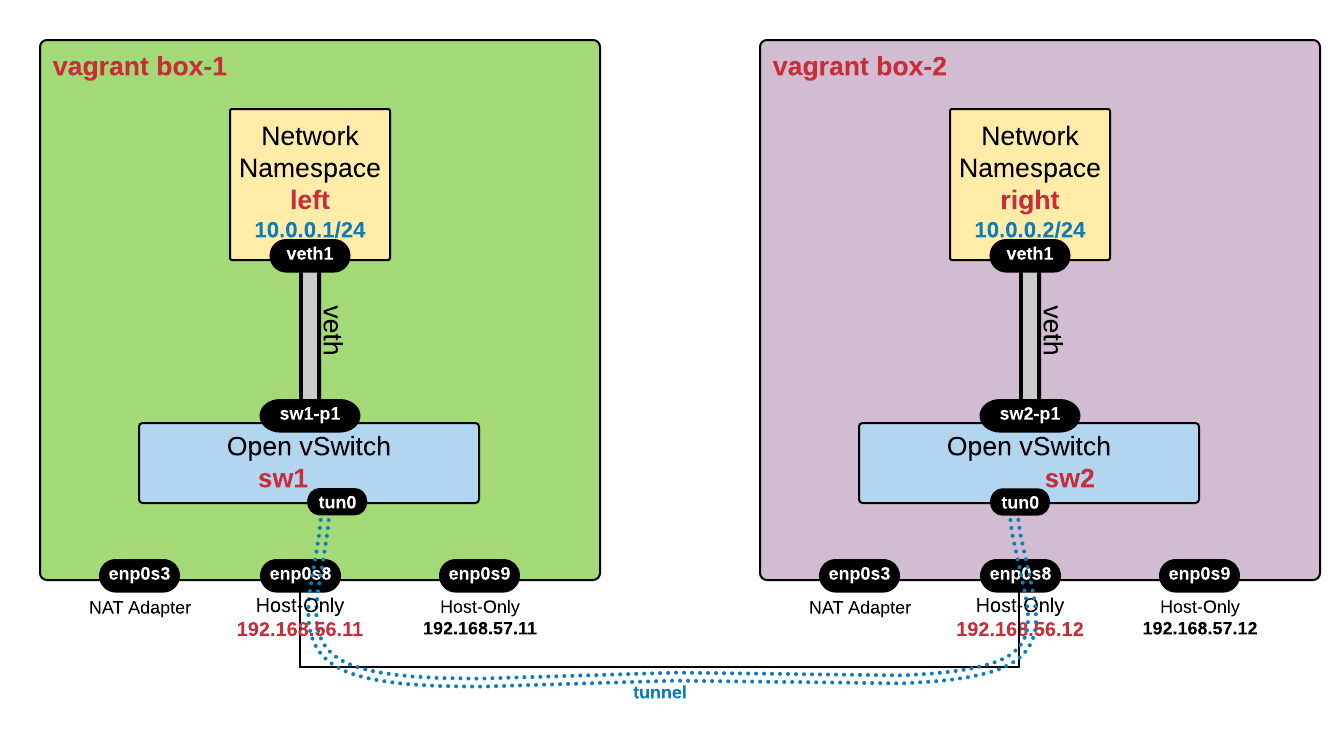

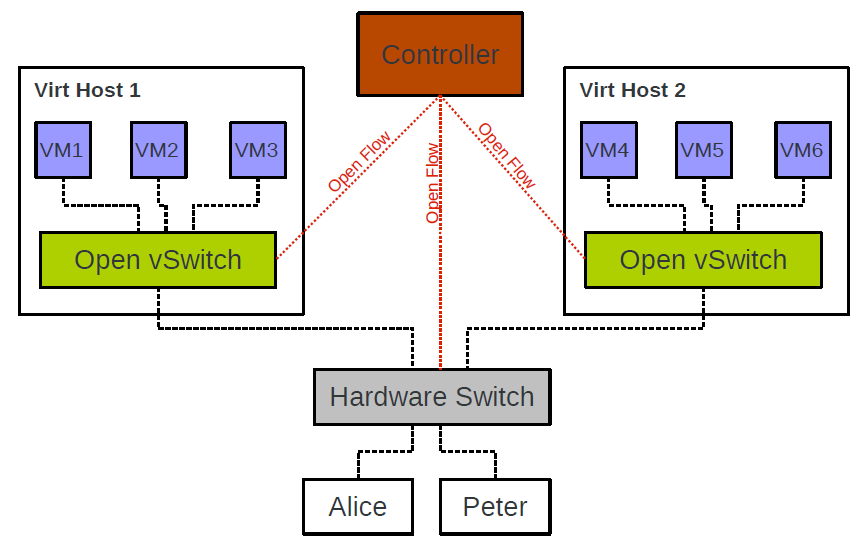

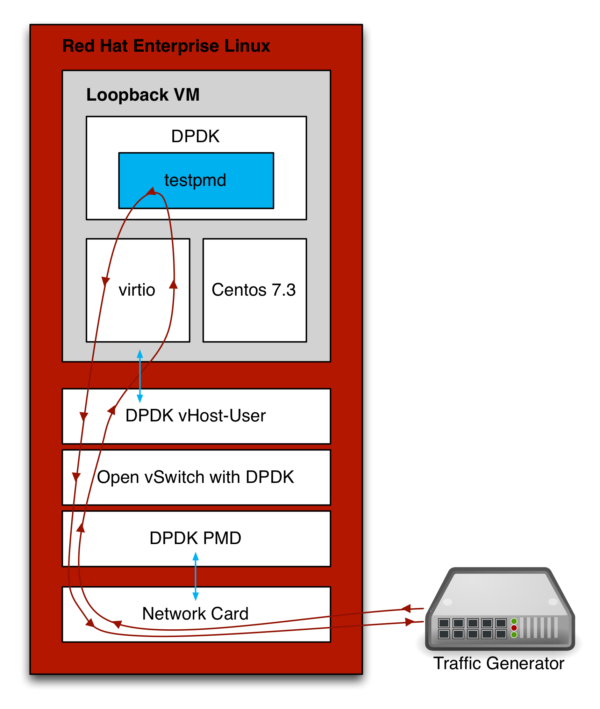






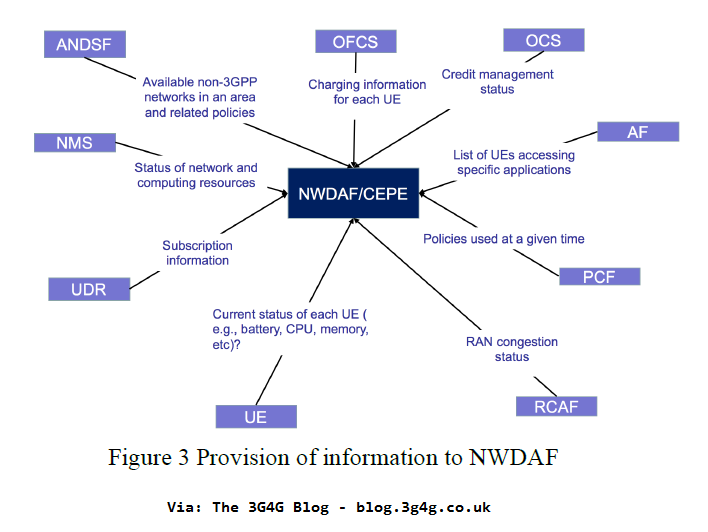
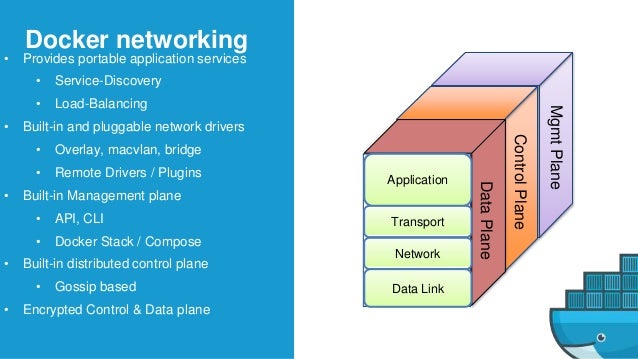
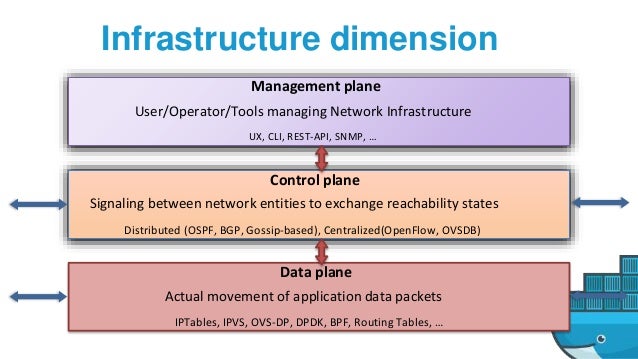


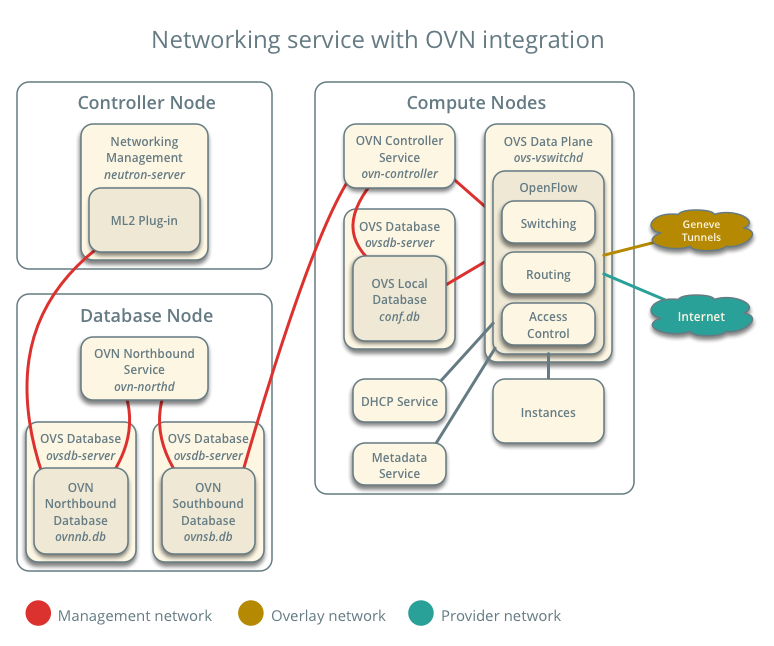
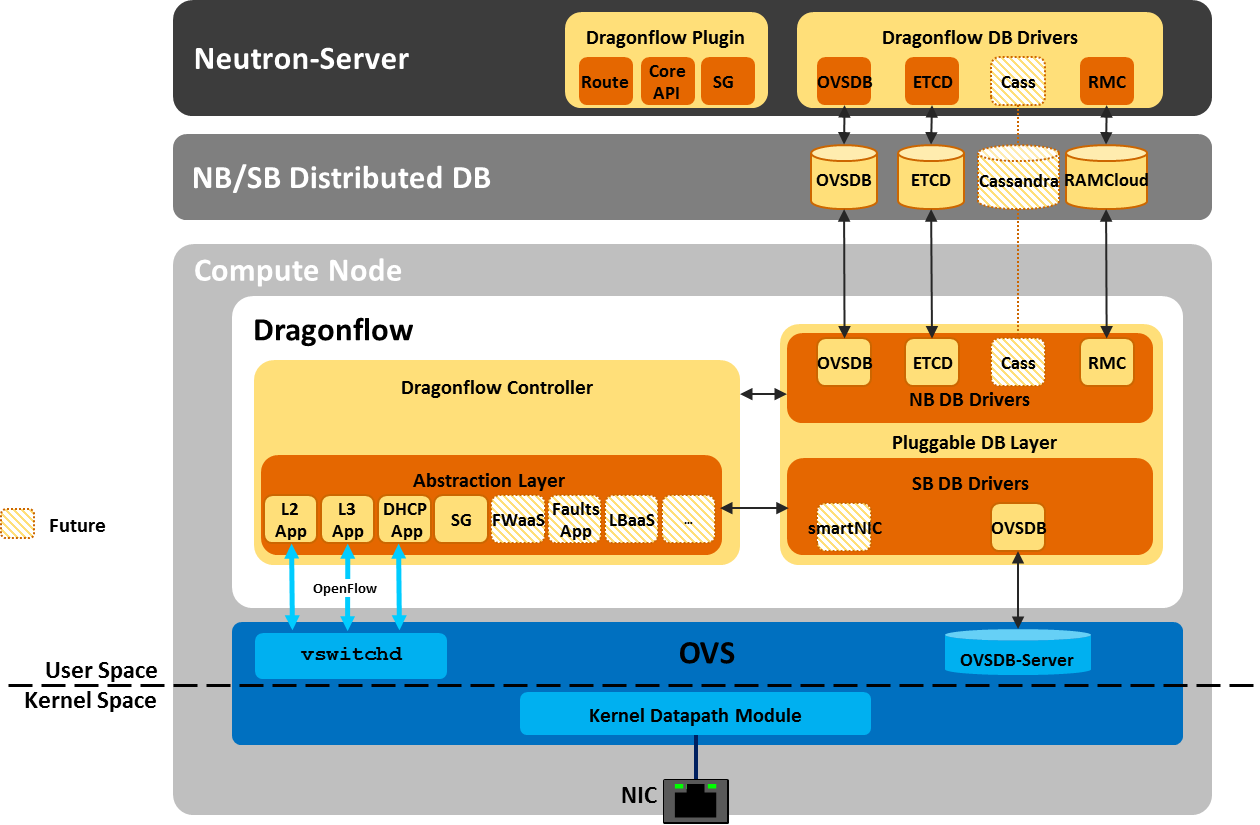
No comments:
Post a Comment